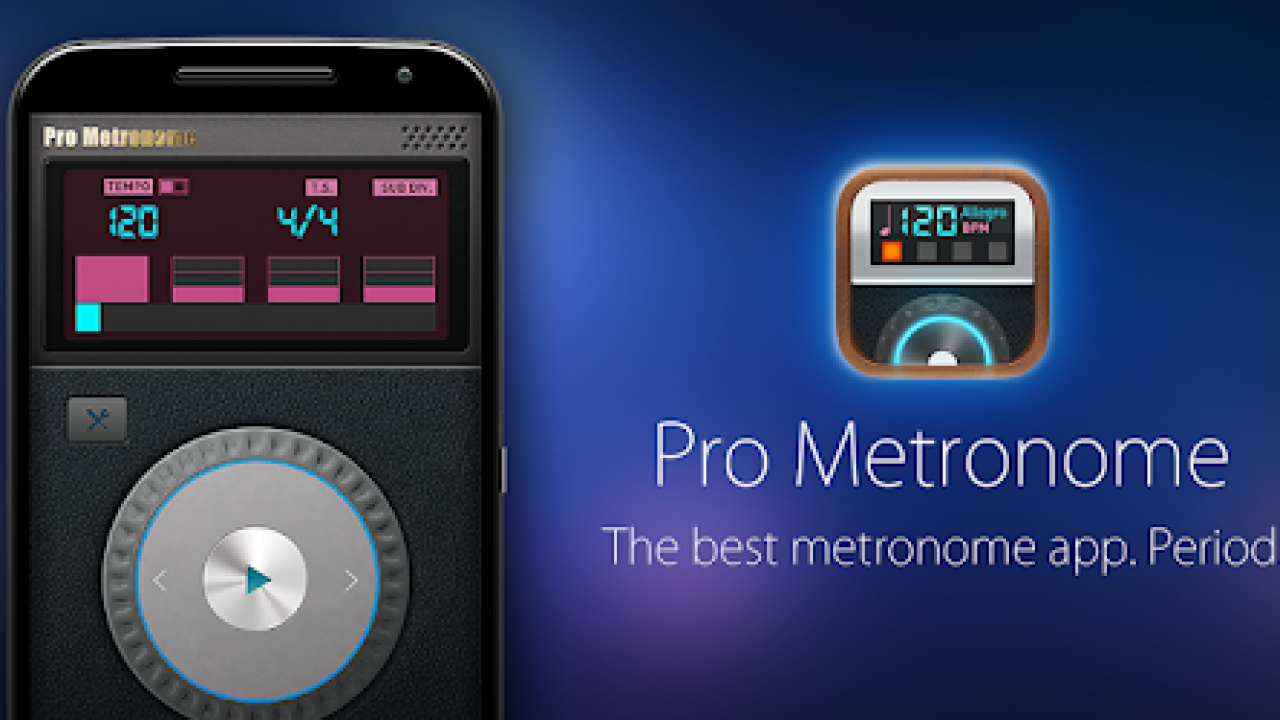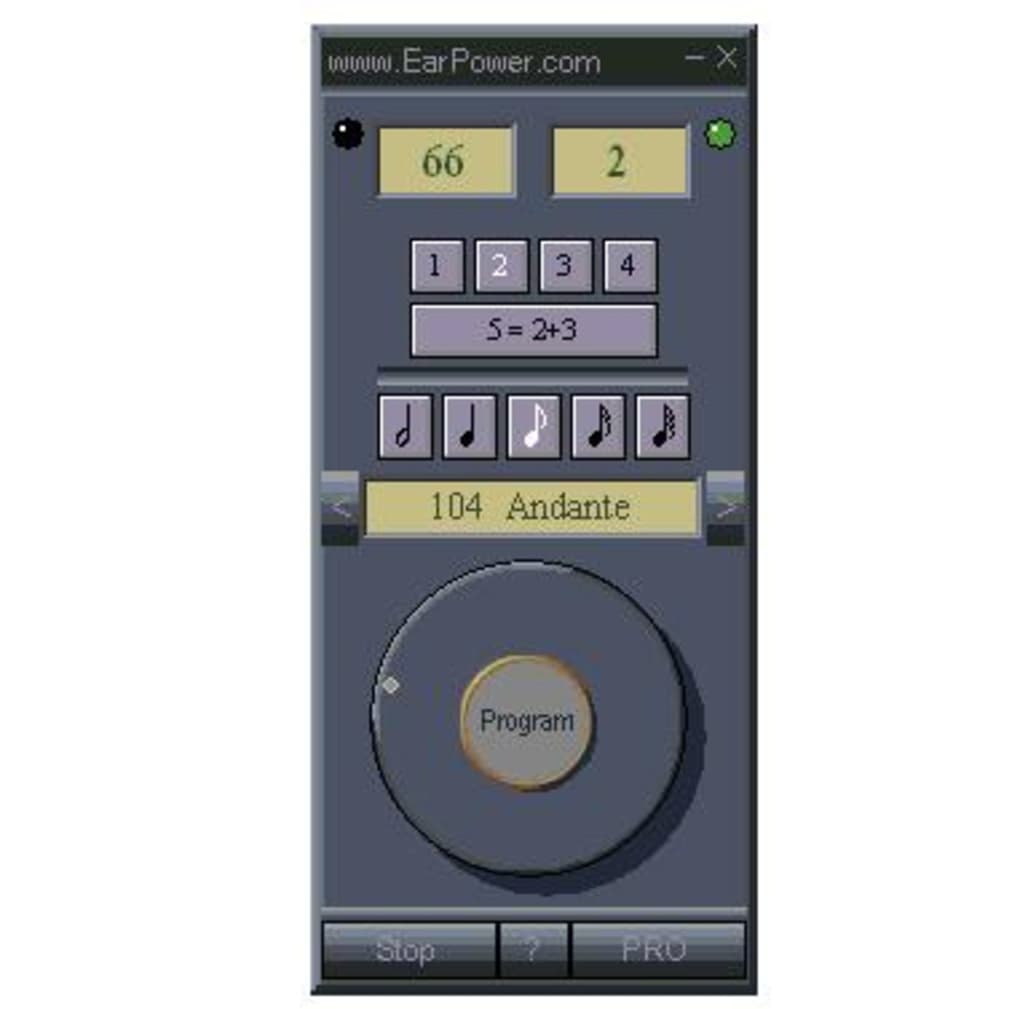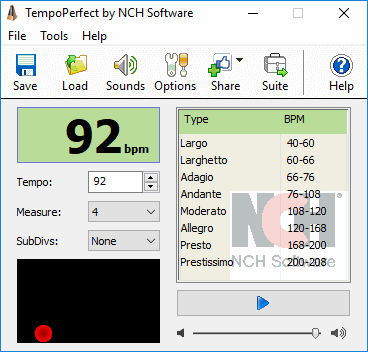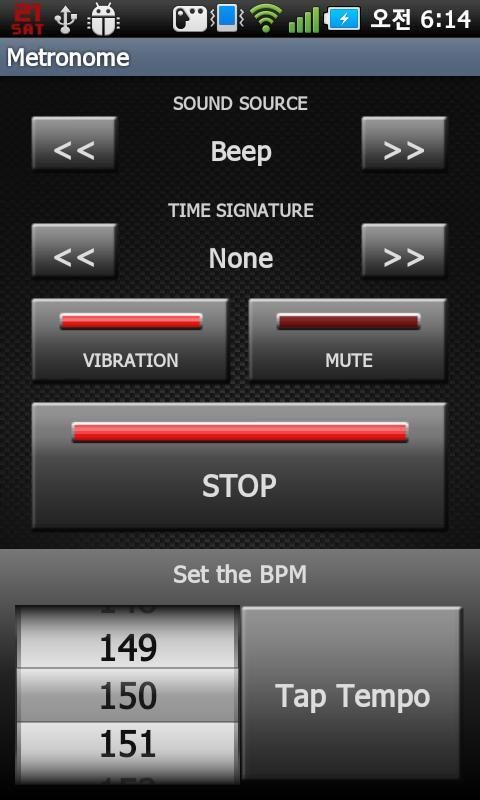
If the musician cannot hear the auditory click track or see the visual light cues easily, then the metronome becomes worthless. A better metronome relays that information to the performer on time, every time. A good metronome will count out beats and establish a tempo.

The metronome controls should feel responsive and intuitive in the hand.Ī metronome with a supportive stand is nice to have, since many musicians prefer to keep the metronome in their periphery for quick reference.ĭoes the metronome do what it claims to do? Will it work reliably during a rehearsal or performance? Can you hear the tone in a noisy environment? Can you see the visual cues while seated at your instrument?Īll of the above are important questions, but the most critical function of a good metronome is timekeeping. The visual display (screen, LED tempo lights) should be easy to read, even from a distance. The housing for modern electronic metronomes, however, is usually a little less dramatic. Traditional clockwork metronomes are often crafted from high-end wood and fitted with brass mechanisms. Here are some elements to consider when shopping for a metronome. A beginning piano student may only need a basic timekeeper with an audible click track, but an advanced band musician might like an onboard tuner, a wireless transmitter, or a tactile delivery feature. It’s important to match the right musical need with the right tool. Some even offer a special pulsating attachment that delivers a tactile response for those who cannot hear the tones or see the lights.Įlectronic metronomes are generally compact in size and can generate a wide variety of complex rhythms and tempos.īestReviews What to think about when shopping for a metronome Many electronic metronomes incorporate wireless technology to help musicians stay in sync with one another other. A digital display provides useful information, and a bank of lights provides visual cues when the tones are not audible. These use a variety of sounds to generate a steady beat. These traditional metronomes are often valued for their craftsmanship as much as their ability to keep steady time. Some models have a bell that can designate the first beat of a measure, but this is an option many users choose to disable. This counterweight can be positioned at various points to generate a steady click rhythm, from a lethargic 40 beats per minute (BPM) to a downright peppy 208 BPM. A triangular wooden base contains a spring-loaded mechanism that supports a large metal needle and counterweight.


Mechanical metronomesĪlso called “clockwork” metronomes, these have become synonymous with the hours of practice many young piano students have endured over the years. The three most common types of metronomes sold today are the mechanical metronome, the electric metronome, and the electric metronome/tuner hybrid.

But a few composers, most notably Ludwig van Beethoven, embraced the idea of using a metronome to suggest a preferred tempo. Invented around the turn of the 19th century, the first metronomes were complex mechanical clockworks. Many composers were opposed to the idea of regulating the performance tempo of their music, believing that it would limit freedom of expression and interpretation. Some traditional clockwork metronomes are valued just as much for their craftsmanship as they are for their timekeeping ability.


 0 kommentar(er)
0 kommentar(er)
